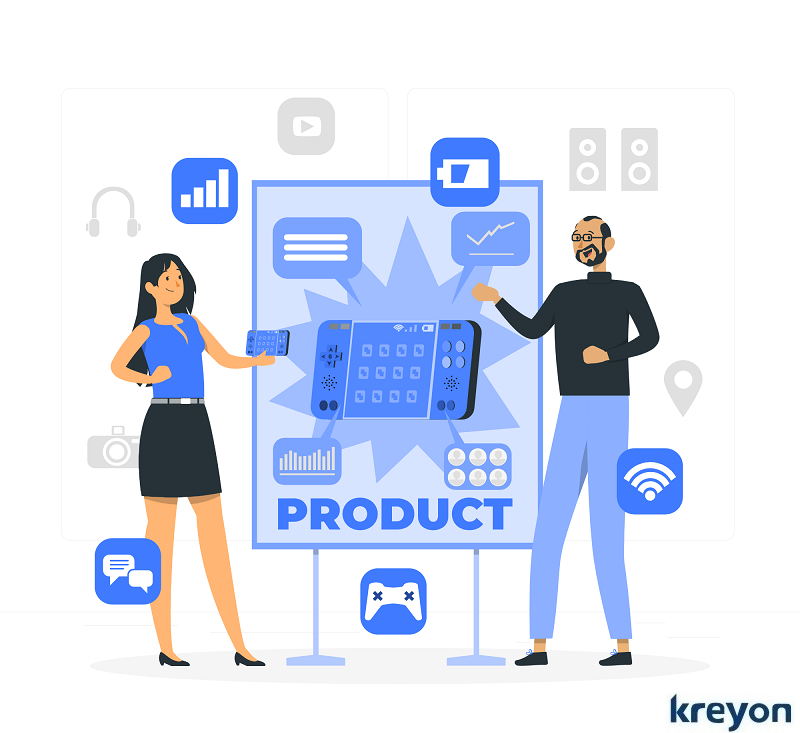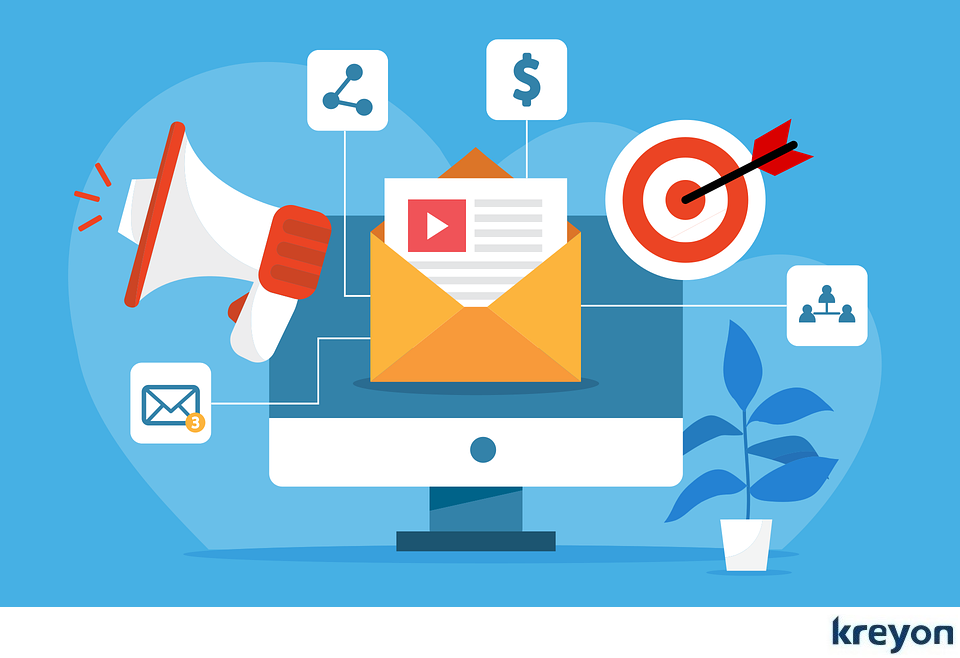A Guide to Successful Product Launch Strategies for Software Development Teams

Are you a looking to launch your latest product with a bang? Do you want to stand out in a crowded market and make a lasting impression with powerful product launch strategies? Look no further! This guide is here to help you navigate the complex world of product launch strategies. From pre-launch planning to post-launch evaluation, we’ve got you covered.
With our expert insights and actionable tips, you’ll be able to create a comprehensive and effective launch plan that will take your product to new heights. Whether you’re a startup or an established company, this guide will provide you with the tools and techniques you need to succeed. So, let’s dive in and unlock the secrets to a successful product launch!
Understanding Your Target Audience
One of the most important steps in developing a successful product launch strategy is understanding your target audience. Who are they? What are their pain points? What motivates them to purchase software products? Answering these questions will help you create a launch plan that resonates with your target audience.
To better understand your audience, start by creating buyer personas. These are fictional representations of your ideal customers, based on real data and insights. Buyer personas should include demographic information, such as age, gender, and location, as well as psychographic information, such as interests, values, and behaviors.
Additionally, consider conducting surveys or focus groups to gather more information about your target audience. Use this data to inform your product development and launch strategy. By understanding your audience, you’ll be able to create messaging and promotional materials that resonate with them.
Conducting Market Research to Inform Your Strategy

In addition to understanding your target audience, it’s important to conduct market research to inform your launch strategy. This involves analyzing the competitive landscape, identifying market trends, and understanding your product’s unique value proposition.
Start by researching your competitors. What products do they offer? How are they marketing their products? What are their strengths and weaknesses? This information will help you position your product in the market and differentiate it from competitors.
Next, analyze market trends. What are the current trends in your industry? What are customers looking for in software products? This information will help you create a launch plan that meets the needs of your target audience.
Finally, clearly define your product’s unique value proposition. What makes your product different from others on the market? How will it benefit your target audience? Use this information to create messaging and promotional materials that highlight your product’s unique features and benefits.
Developing your Product Launch Plan
Once you’ve conducted market research and understand your target audience, it’s time to develop your product launch plan. This plan should outline the steps you’ll take to prepare for and execute a successful launch.
Start by setting clear launch goals. What do you hope to achieve with your product launch? These goals could include increasing sales, generating buzz, or building a community of loyal customers.
Next, create a timeline for your launch. This should include key milestones, such as when you’ll begin promoting the product and when you’ll release it to the public. Be sure to build in time for unexpected delays or issues that may arise.
Finally, develop a budget for your launch. This should include all costs associated with the launch, such as advertising, promotional materials, and any events or activities you plan to host.
Pre-launch Preparation and Promotion
Before you launch your product, it’s important to build anticipation and generate buzz. This can be done through a variety of pre-launch activities, such as teasers, product demos, and social media campaigns.
Teasers are a great way to build anticipation for your product launch. These can be short videos or images that hint at what your product does or what it looks like. Teasers should be designed to pique the interest of your target audience and encourage them to learn more about your product.
Product demos are another effective way to promote your product before launch. These can be in-person demonstrations or online videos that show your product in action. Product demos allow potential customers to see the benefits of your product firsthand and can help build excitement for the launch.
Finally, social media campaigns are a great way to build buzz and engage your target audience before launch. Use social media platforms like Twitter, Facebook, and Instagram to share teasers, product demos, and other promotional materials. Encourage your followers to share your posts and generate buzz among their own networks.
Building Anticipation through Teasers and Product Demos
As mentioned earlier, teasers and product demos are great ways to build anticipation for your product launch. In this section, we’ll explore these strategies in more detail.
Teasers should be short, engaging, and designed to capture the attention of your target audience. They can be videos, images, or even text-based messages that hint at what your product does or what it looks like. Ideally, teasers should be shared on social media platforms like Twitter, Facebook, and Instagram to reach a wider audience.
Product demos, on the other hand, are more in-depth and provide a closer look at your product’s features and benefits. These can be in-person demonstrations or online videos that show your product in action. Product demos should highlight the unique value proposition of your product and show potential customers how it can help them solve their problems.
Both teasers and product demos can be powerful tools for building anticipation and generating buzz before launch. Use them strategically to engage your target audience and encourage them to learn more about your product.
Product Launch: Tips for a successful launch

On launch day, it’s important to have a plan in place to ensure a successful launch. Here are a few tips to help you make the most of your launch day:
Start Early: Begin promoting your product early in the day to maximize exposure.
Use Multiple Channels: Promote your launch on social media, your website, and through email marketing to reach a wider audience.
Offer Incentives: Consider offering a special discount or bonus to customers who purchase your product on launch day.
Monitor Feedback: Keep an eye on social media and other channels for feedback from customers. Address any issues or concerns promptly to ensure a positive launch experience for everyone.
By following these tips, you’ll be well on your way to a successful product launch.
Post-launch Follow-up and Community Building
After your product launch, it’s important to continue engaging with your customers and building your community. This can be done through a variety of post-launch activities, such as follow-up emails, social media engagement, and customer feedback surveys.
Follow-up emails are a great way to thank your customers for their support and remind them of the benefits of your product. Use these emails to offer additional support or guidance, and encourage customers to share their feedback with you.
Engaging with your customers on social media is another effective way to build your community. This can be done through regular posts, responding to comments and messages, and hosting online events or contests. Use social media to keep your customers engaged and excited about your product.
Finally, consider conducting customer feedback surveys to gather insights into how your product is performing and how you can improve it. Use this feedback to make improvements to your product and your launch strategy for future releases.
Measuring Success and Adjusting your Strategy
To determine the success of your product launch, it’s important to measure key performance indicators (KPIs). These could include sales, website traffic, social media engagement, and customer feedback.
Use these metrics to evaluate the success of your launch and make adjustments to your strategy as needed. For example, if sales are lower than expected, you may need to re-evaluate your messaging or promotional materials. Or, if customers are providing negative feedback, you may need to make improvements to your product.
By measuring your success and adjusting your strategy accordingly, you’ll be able to improve your product launch strategy over time and achieve even greater success in the future.
Common Mistakes to Avoid during a Product Launch
 While there are many things you can do to ensure a successful product launch, there are also common mistakes that can derail your efforts. Here are a few mistakes to avoid:
While there are many things you can do to ensure a successful product launch, there are also common mistakes that can derail your efforts. Here are a few mistakes to avoid:
Lack of preparation: Failing to adequately prepare for your product launch can lead to delays, poor execution, and missed opportunities.
Poor messaging: Unclear or ineffective messaging can confuse potential customers and prevent them from purchasing your product.
Overpromising: Setting unrealistic expectations can lead to disappointment and negative feedback from customers.
Lack of follow-up: Failing to engage with your customers after the launch can prevent you from building a loyal community and gathering important feedback.
By avoiding these common mistakes, you’ll be well on your way to a successful product launch.
Case Studies of Successful Product Launches
To provide inspiration and guidance, let’s take a look at a few case studies of successful product launches:
Slack: Slack is a messaging app that launched in 2013. Before the launch, the company built anticipation through a private beta test and a waiting list. They also offered incentives for early adopters, such as free credits and special features. The launch was a success, with over 8,000 signups in the first 24 hours.
Dropbox: Dropbox is a file hosting service that launched in 2008. Before the launch, the company created a viral video that demonstrated the benefits of the product. They also offered incentives for referrals, such as extra storage space. The launch was a success, with over 75,000 signups in the first week.
Apple iPhone: The launch of the iPhone in 2007 was one of the most successful product launches in history. Apple built anticipation through a series of teasers and product demos, and partnered with AT&T to offer exclusive access to the product. The launch was a huge success, with over 1 million iPhones sold in the first 74 days.
By studying these successful product launches, you can learn valuable lessons and apply them to your own launch strategy.
Conclusion
Launching a new software product can be a challenging and complex process. However, with the right strategy and preparation, you can achieve great success. By understanding your target audience, conducting market research, and developing a comprehensive launch plan, you’ll be well on your way to a successful launch.
Remember to build anticipation through teasers and product demos, and engage with your customers before and after launch to build a loyal community. Finally, measure your success and adjust your strategy as needed to continue improving your launch strategy over time.
Kreyon Systems is the trusted partner of enterprise clients for SaaS product development. We help clients from ideation to launch & scaling up products. If you have any queries, please get in touch with us.
